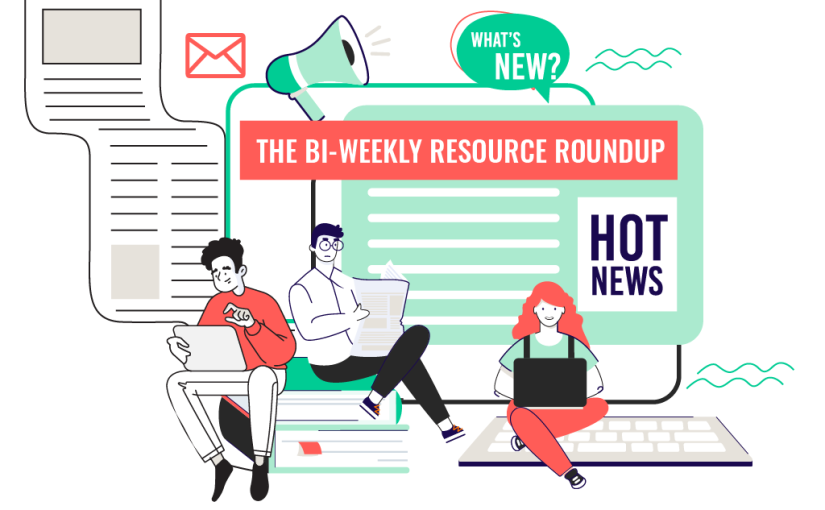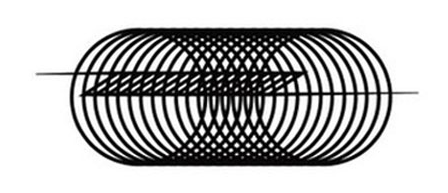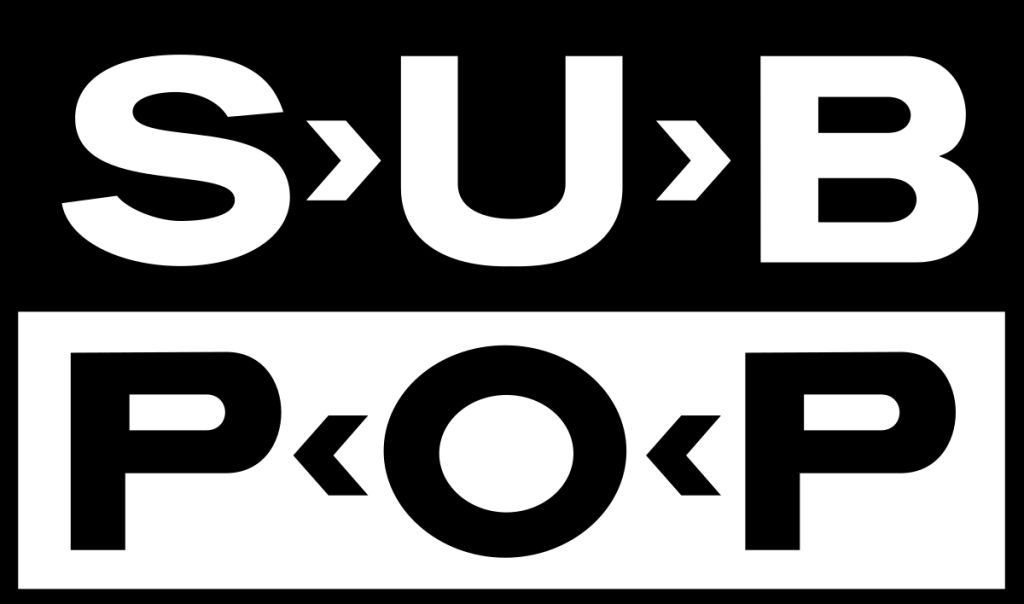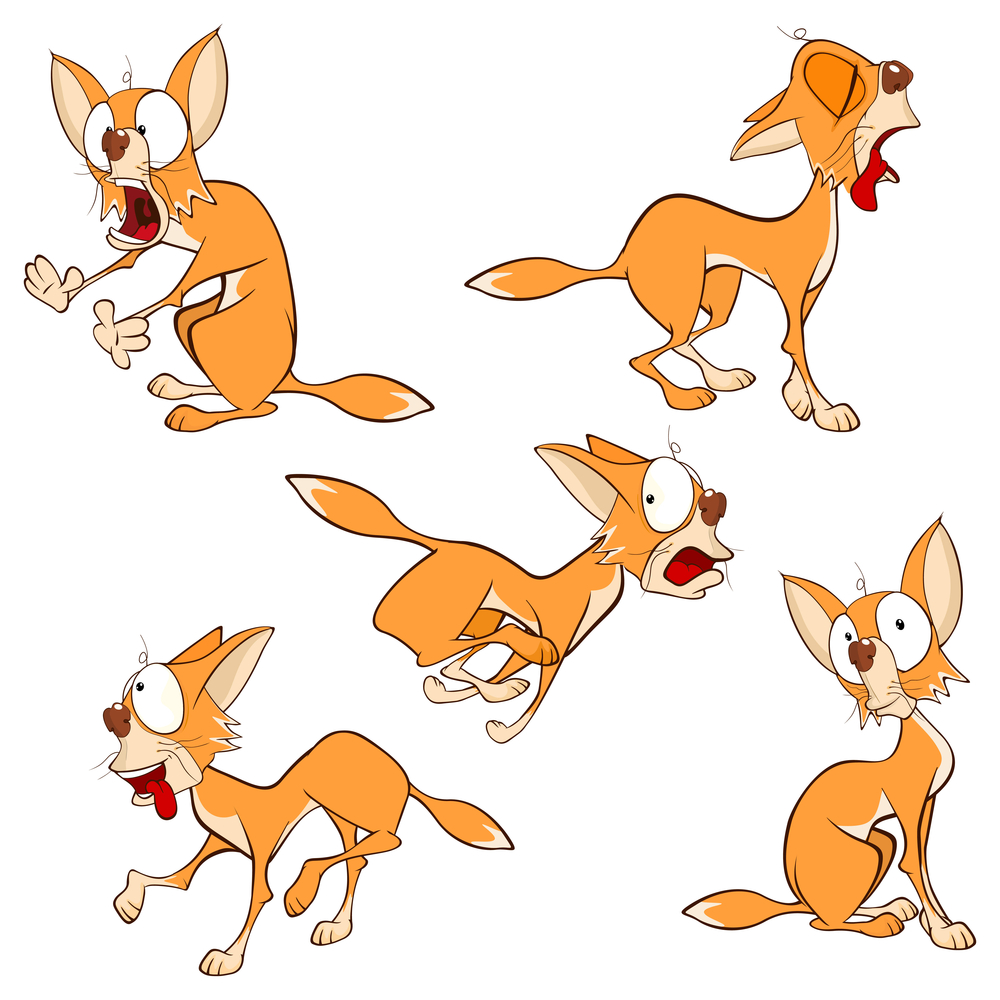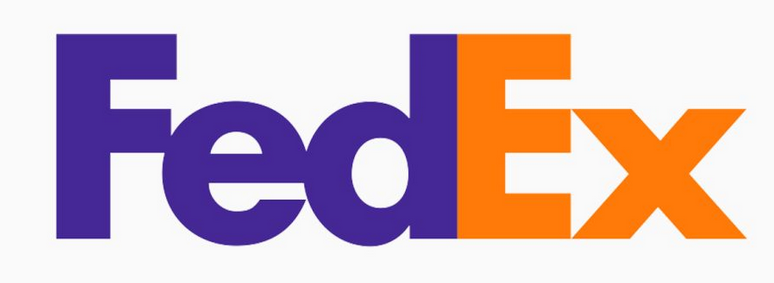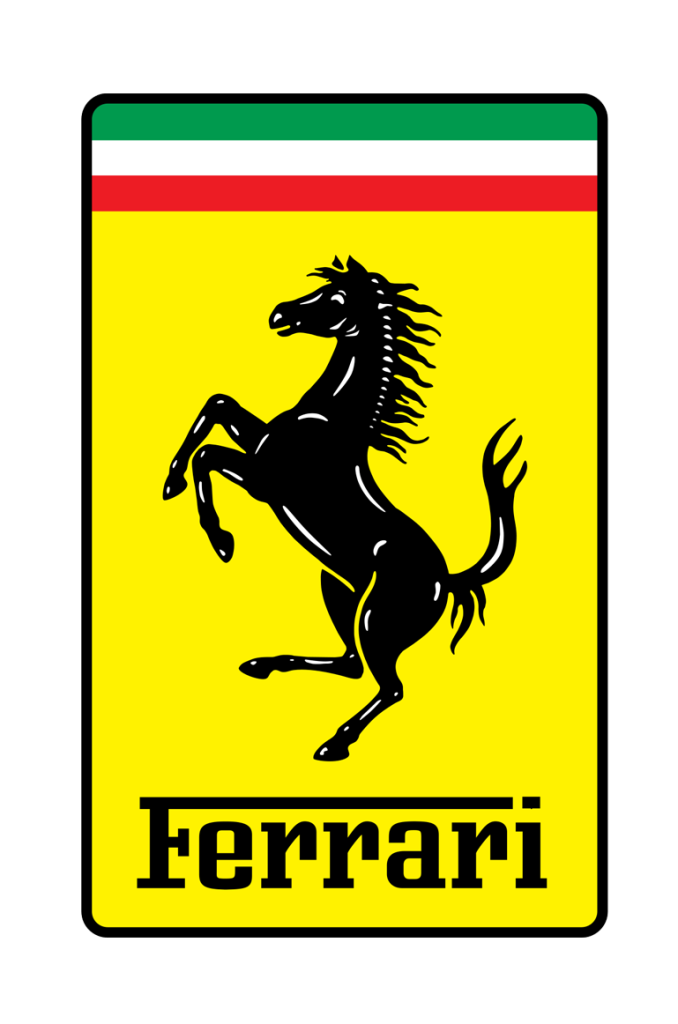Professional voiceover work may be a dream for those who want to pursue a career in voice acting, or for entrepreneurs who want engaging narration to go alongside their creative ventures.
Whether you’re doing voiceovers for a client or yourself, professional voice overs are supposed to tell a story effectively and bring the listeners in.
Read on below to see our 10 tips for creating professional voiceovers, all of which can be done from the comfort of your home.
First And Foremost, You’ll Need The Proper Gear And Equipment

Although the specific makes and models will depend on your own taste, here are a few general products that should be on your list when creating professional voiceovers.
1. The Microphone
Besides you, the biggest star of your voiceover recordings is your microphone. You’ll need to shop around for the right microphone that will elevate your story telling.
Contrary to widespread belief, it doesn’t have to be expensive. You can find microphones rated 4 stars and higher on Amazon for under $100.
A microphone stand is also a must have. It’s great in assisting you with remembering to not sit too close to the microphone and it will help to reduce the sound of rustling papers as you look through notes.
2. Use A Pop Filter
When a microphone picks up air impact as a result of plosive sounds, it doesn’t sound pleasing to the ear for your listeners.
A pop filter, or pop shield, is used when tracking voices and it helps prevent the ‘popping’ sounds from getting into the recording.
Pop filters are positioned 4-6 inches in front of the microphone. They are helpful with making sure that the voice-over artist is the correct distance from the microphone, which is about 8-12 inches from the mic.
3. Voice Recording Software

Using a reliable voice recording software is necessary if you want to consistently have high-quality, professional recordings.
If you’re looking to save money, Audacity is a popular free voice recording software that is beginner friendly and geared toward podcasting and voice recordings.
If you want an interface that is more multi-faceted and allows you to do more mixes, Wavepad is another popular choice for creatives with monthly and yearly subscription fees.
Once The Technical Aspect Of Creating Voiceovers has Been Figured Out, Now The Focus Should Be On You (The Voice Actor) And Your Environment.

4. Record In A Quiet Place
In order to reduce background noise, think about recording in an environment that’s as silent as possible.
This can be in an area of the house that’s the quietest, such as a basement, bedroom or even a closet!
If you live within a household where it’s difficult to be rid of noise, try your local library. Libraries often have private conference room that you can rent by the hour.
5. Keep The Script Close To You
Familiarize yourself with what you are about to record from the very beginning.
Don’t be afraid to mark up the script with ques on when to breathe, when to pause, or when to pitch your voice up or down when necessary.
Once you’re ready to record, use the familiarized script as a guide.
6. Pre-Read The Script Before Recording
Before you start recording, read the script aloud. This lets you find the right combination of volume, projection, and pacing for the voice-over.
If there are any difficult sections that you’re having trouble with, reading out loud will show you where you need to rearrange a sentence to resolve the issue.
The goal is to make your voice-over sound natural, at-ease, and appropriate for the task.
7. Record As If You’re having A Conversation
As stated earlier, yes, it is important to pre-read the script but just as much, remember to not sound like a robot once you press record.
For example, when you’re talking to another person, you’re not only using your voice, but also facial expressions, body movements and gestures.
Although listeners won’t be able to physically see you, make sure that each word is still understandable through the microphone by speaking clearly and naturally.
If you are the client who provided the script to the voiceover actor, be sure that the script is easy for the actor to follow and that the script is relaying a message that your targeted audience will be able to understand.
8. Record Standing Up

Make it a habit to stand while you’re recording your voiceovers. If you can’t stand, sit up straight in your chair.
Good posture will help to maintain good breath support, which makes it easier to project your voice in a strong, clear tone.
9. Have A Video With The Voiceover
If you are a client who’s trying to market your business, it’s good practice to hire voiceover actors to narrate advertisements, films or shows (depending on your genre).
A good narrator alongside an engagement video can drive sales or clicks to your website.
When hiring a voice actor, remember to send them your video so that they can get familiar with your brand and the overall tone that they should use for the video.
As a voice actor, if available, request to see the video before you record. The video, along with the script, will provide proper guidance with cadence and energy.
10.Be Confident

Always speak with conviction and confidence when you’re recording. Clients are more likely to hire voiceover actors that don’t sound timid or unsure of themselves.
An upbeat, confident tone is contagious, and your listeners will be able to feel it. If you don’t feel confident, fake it! Listening to an engaging, confident narrator elevates the listening experience.
























